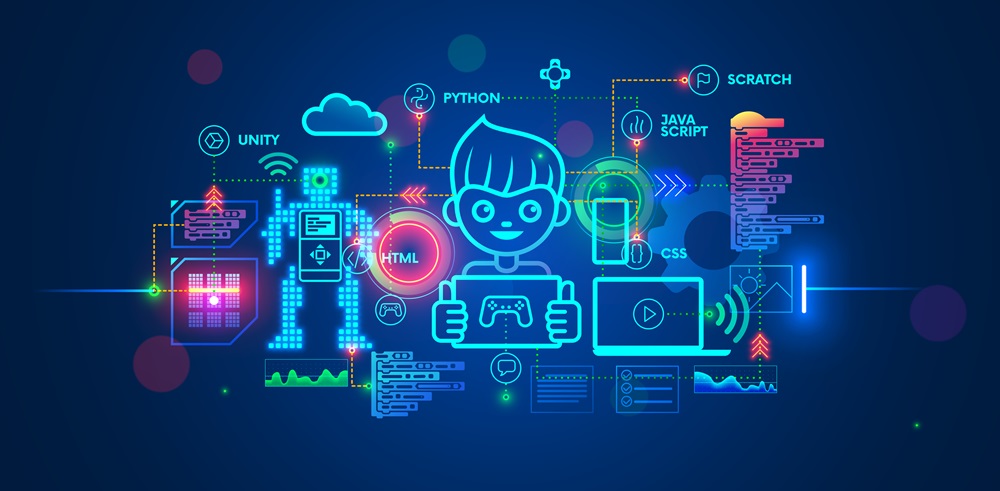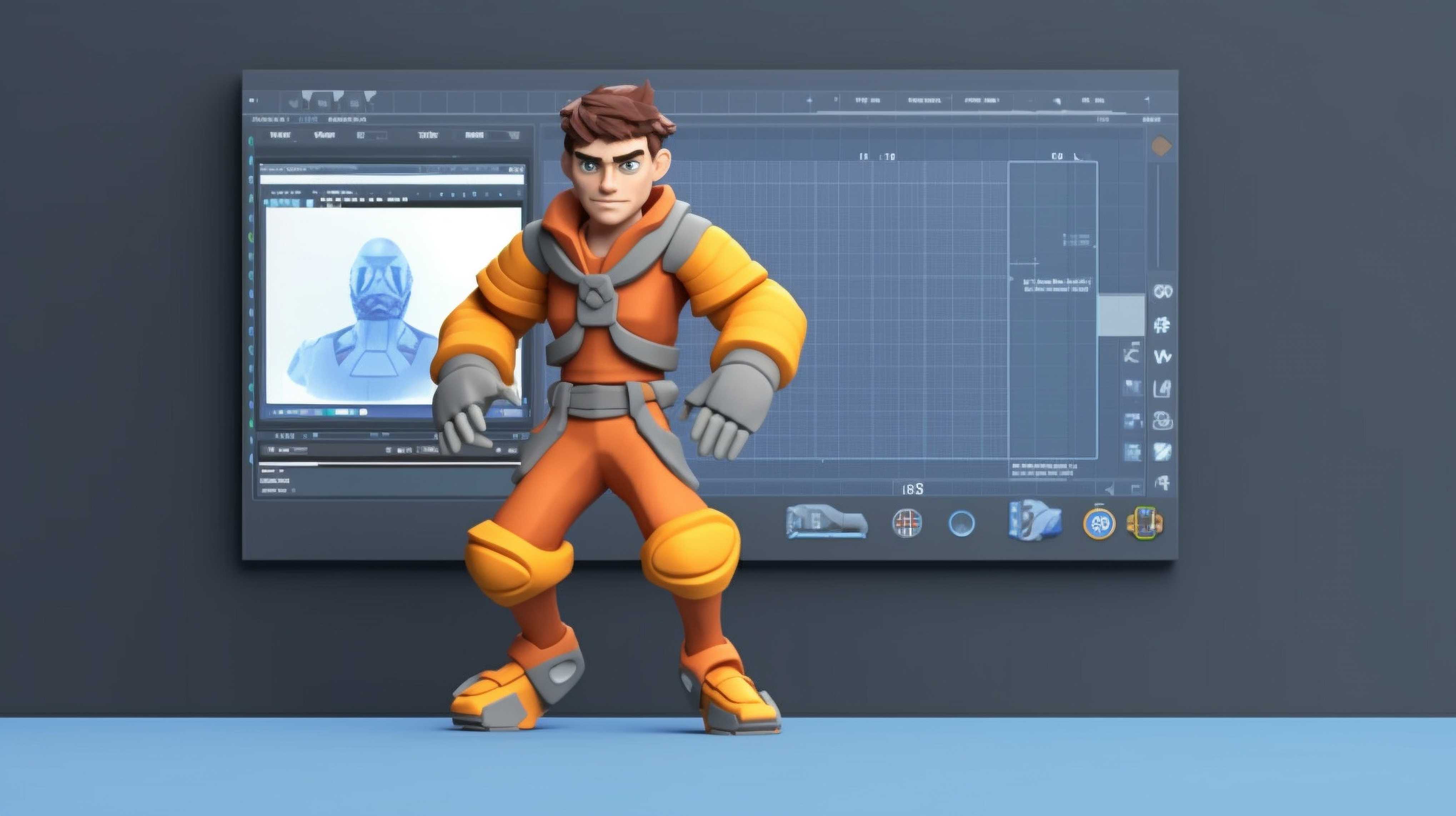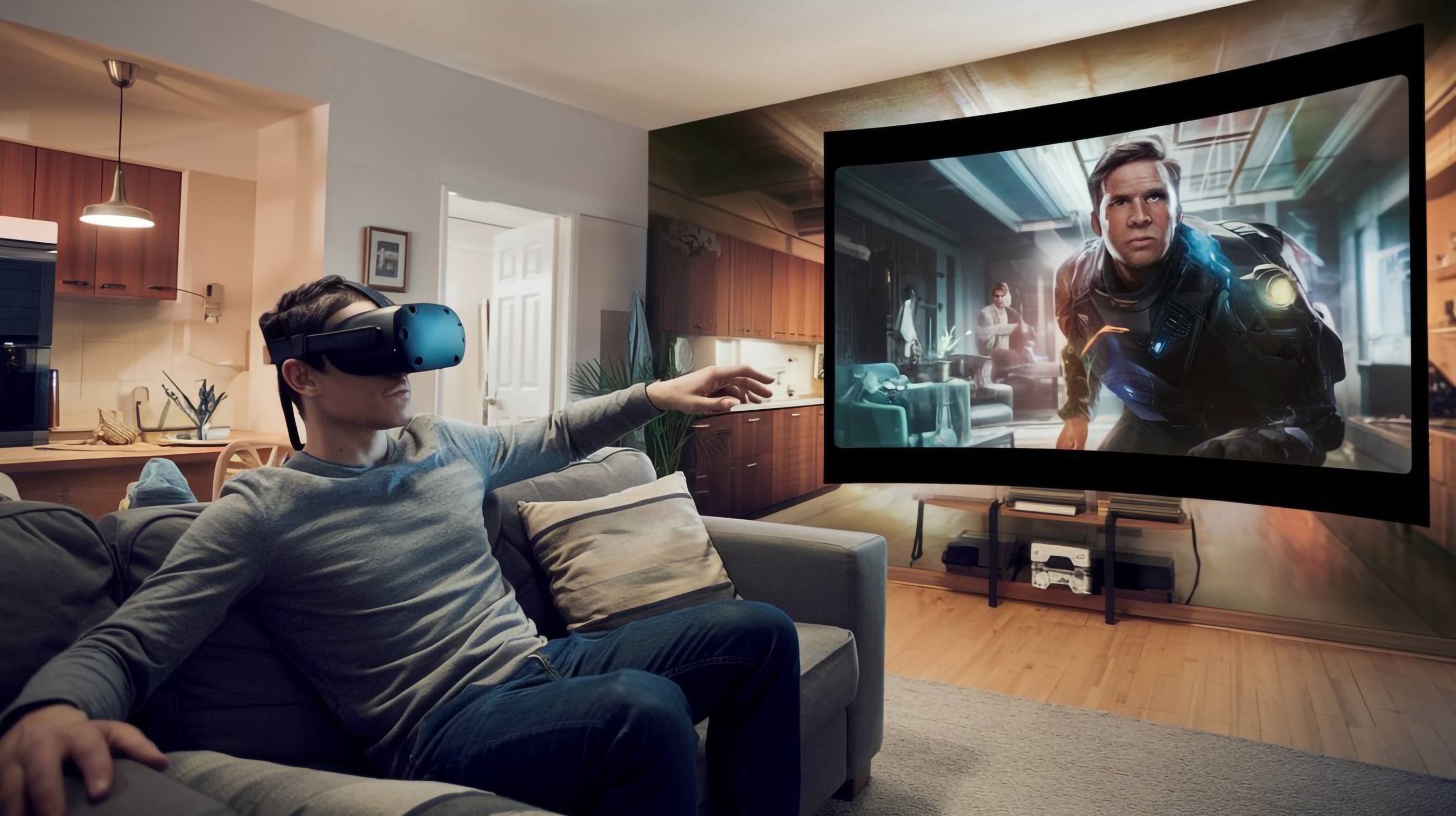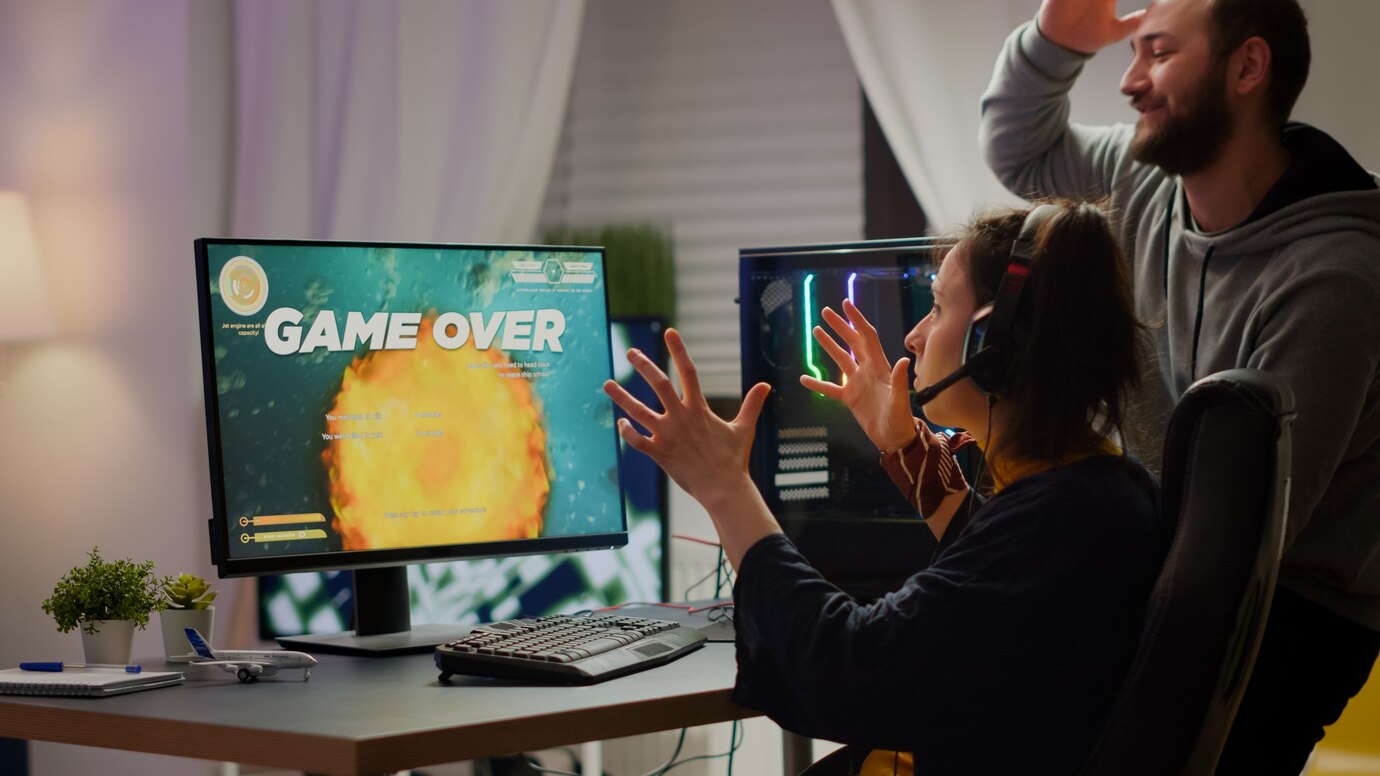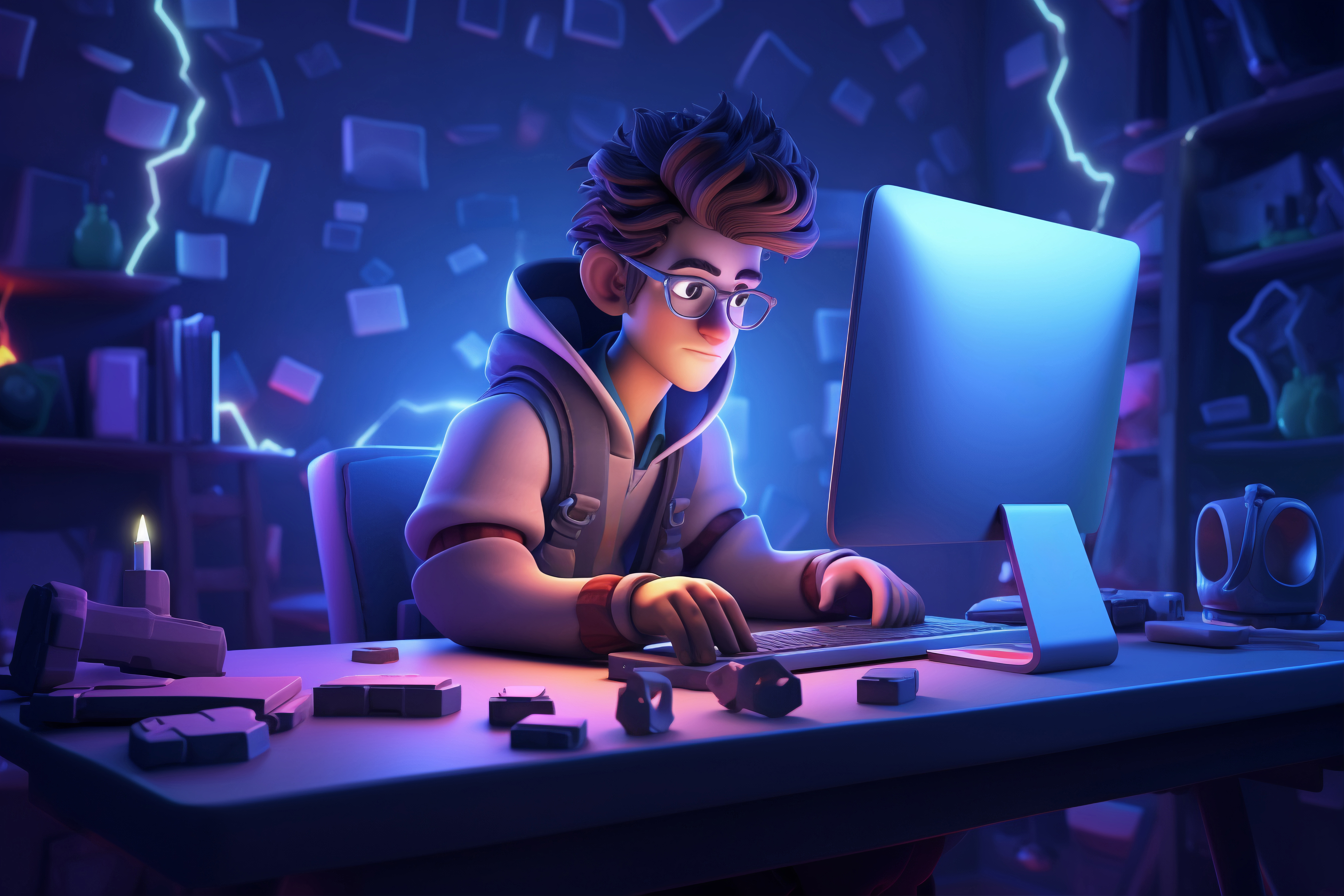The game development industry is a diverse one with a focus on passion, creativity, and innovation. In 2021, 13% of American PC and console gamers played indie games, which has now increased to 18%, according to a survey by YouGov.
The desire to have creative control and independence instead of acquisition contributes to this significant shift.
Do you want to join this community and are wondering how much it costs to develop an indie game? The answer to this question is that ‘it depends.’
For instance, if you only use open-source software and royalty-free audio, and do all the work yourself, you can make a game for basically nothing (not counting your time, of course). Although the term 'indie' may conjure up images of small-scale projects, indie game development costs can exceed well over $1 million.
The gap in potential costs and profit is humongous:
- With an initial investment of $266 and 6 months of development, the game ‘Spider Doll’ (developed by developer and YouTuber Yannick) generated a total revenue of $3,302, which amounts to less than the minimum hourly wage in Germany.
- The beloved game Stardew Valley (2016) was developed by Eric Barone, also known as ConcernedApe. The development cost is estimated to be between $50,000 and $750,000. It has sold over 20 million copies, generating $300 million in revenue.
Game Development Cost 2024
In this section, we focus on the factors that determine how much your game development process could cost. Here they are:
1. Team Size and Composition:
With perhaps a single individual or a small team working on the project, costs can be low, but the trade-off occurs with an increase in development time if each individual is responsible for multiple roles.
Hiring professionals for aspects like voice-acting, music composition, or programming will improve the quality but drive up the cost. BadGameDev gives an excellent example of investment and ROI with commissioning work from freelancers.
2. Development Time:
If the developers are working full-time on the game, the longer it takes, the more it costs. A part-time approach to development can reduce costs but may delay the release.
3. Tools and Software:
Game engines such as Unity and Unreal Engine offer attractive free or low-cost services, but you may have to pay for advanced features and commercial usage. Software for graphics and sound also adds to the cost (Adobe Illustrator, Autodesk Maya, Logic Pro, Audacity, etc).
4. Art and Audio:
Costs vary depending on whether you generate the art and audio in-house, purchase it, or commission it. Custom-made elements are more expensive but give the game a more unique look.
5. Marketing and Distribution:
Website hosting, promotional materials, and advertising contribute to marketing costs and with stores like Steam, itch.io, or consoles, platform fees need to be considered.
6. Hardware and Workspace:
The team may need a place to keep the hardware and be able to work. This involves powerful computers and rental office spaces.
EDIIIE is proudly recognized by GoodFirms for excellence in game development and innovation!
Considerations for a Reasonable Indie Game Budget
Beyond the factors listed above, there are a few other elements that must be taken into account when trying to control the development costs:
1. Hidden Costs:
There are several costs that are often overlooked when budgeting for the game’s development.
- Business Development: Community management, audience building, and event planning.
- Admin: Insurance, transaction fees, and costs associated with crowdfunding.
- Staffing: Salaries, and costs related to hiring employees or working with contractors and freelancers, such as insurance and national insurance contributions.
2. Is indie game development profitable?
Possible revenue sources for indie games include game sales, crowdfunding, and platform-specific incentives. Nevertheless, developers may struggle. Statistics show that nearly 42% of indie devs do not have a website or a social media presence on Facebook (60%), Instagram (52%), or TikTok (73%).
To succeed financially, you need unique and innovative concepts, active engagement with gaming communities, and effective marketing strategies to make them popular.
3. Development Considerations:
Syntax like C++ have a steep learning curve, despite their performance and cross-platform functionality. On the flip side, developers may use the best game engines like Unity to make things easier.
Their creative freedom and innovation are continuously in a see-saw relationship with criteria like limited resources, market saturation, and the need for effective marketing.
Costs by Project Size
Here is a minor classification of game development processes, based on the budget range that can or was spent on it:
1. Small Projects:
Self-funded, 1-2 developers; development cost: $5,000 and $100,000.
2. Mid-Sized Projects:
Funded through crowdfunding and other sources; polished graphics and deeper gameplay mechanics; development cost: $100,000 to $1 million.
3. Large Projects:
Require project funding, VC funding, or government grants; impressive graphics, complex mechanics, and innovative gameplay; development cost: over $1 million.
Reducing Costs and Gaining Funding
There are several avenues to reduce costs across the board:
- Free or open-source software,
- Revenue-share models with freelancers,
- Grassroots marketing efforts (to compete with the marketing strategies of AAA games),
- Effective management to reduce development time, etc.
Following are a few funding sources for indie game developers:
- Personal savings
- Crowdfunding platforms (like Kickstarter),
- Government grants,
- Publisher deals, etc.
How Much Does it Cost to Create a Game?
We hope these insights were helpful in answering this question. Although it may seem daunting, there are several means to raise funds, and if your budget is tight no matter what, you can still create a polished, popular, fun game.
EDIIIE is a game development studio that you can hire to help you with your project. We work with you to optimize the indie game development cost and deliver excellent work.
We cater to several requirements including, but not limited to:
- Creating immersive 3D animations,
- Developing virtual reality in gaming,
- Integrating AI into game development,
- Making an effective game design document,
- Ensuring storytelling in video games,
- Utilizing blockchain for game development, etc.
Checkout our game development showreel video here:



